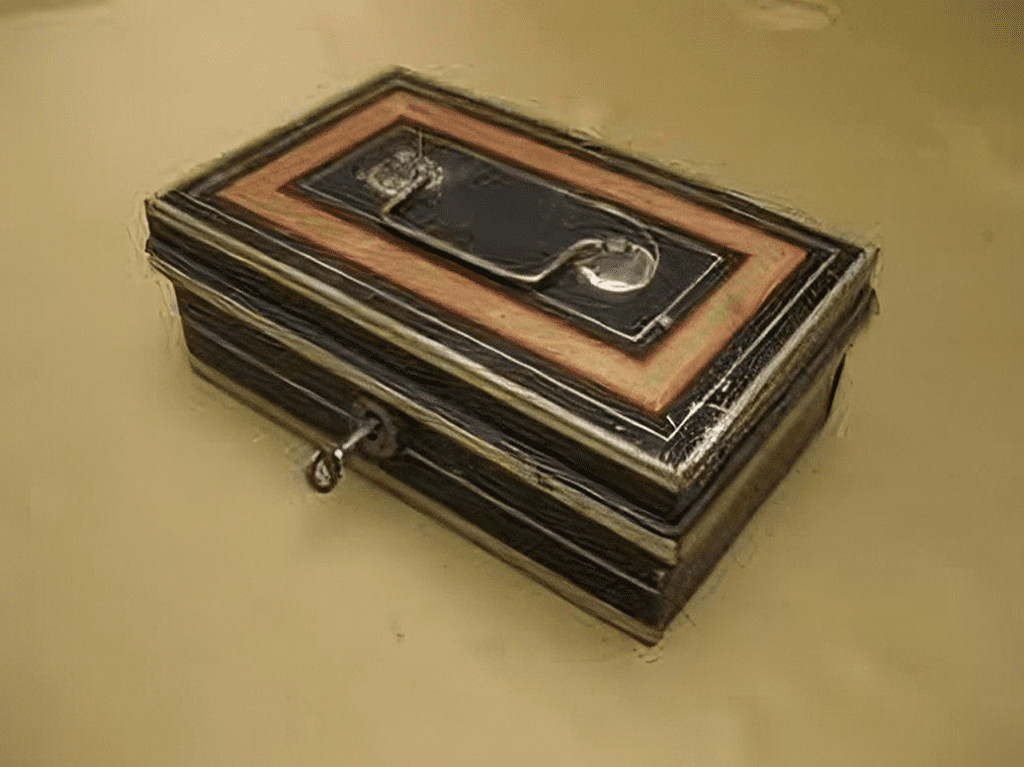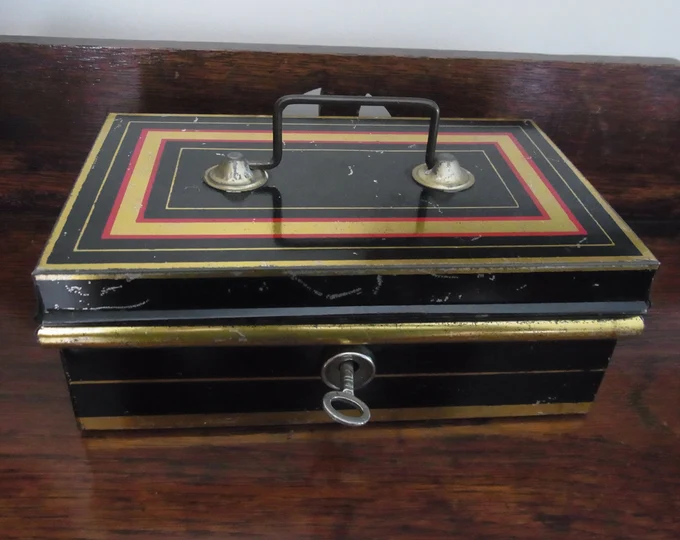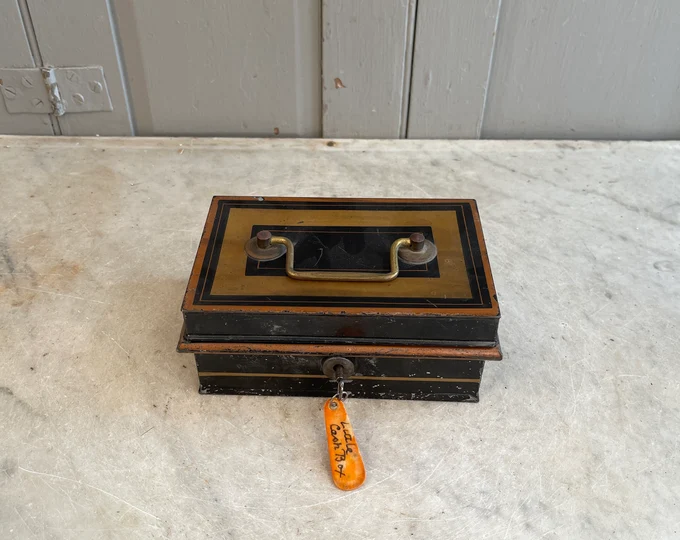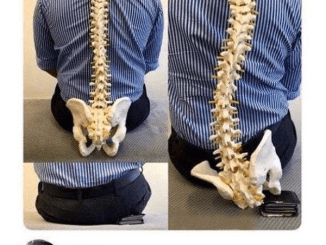The Origins of Cash Boxes: A Look Back in History
Cash boxes have been around for centuries, evolving from basic wooden containers to modern security devices. They have served as practical tools for storing money, valuables, and other items, helping merchants, traders, and everyday individuals keep their assets safe. The journey of the cash box mirrors the evolution of trade, security, and the value of money throughout human history.

Early Beginnings: Wooden Cash Boxes in Ancient Times
The first recorded use of cash boxes dates back to Ancient Greece. These early versions were made from wood and designed to hold coins, jewelry, and precious metals. They were lightweight, compact, and easy to carry—making them ideal for merchants and traders who needed to transport their earnings safely.
- Portable Security: These wooden boxes were not just containers but symbols of wealth and security in ancient marketplaces.
- Multipurpose Use: Besides holding money, they also served to store other valuables, acting as mini-safes for merchants who traveled across cities or trade routes.
The simplicity of these early wooden boxes laid the foundation for future designs that would become more intricate and secure as time went on.
Middle Ages: Transition to Metal for Enhanced Protection
As trade expanded in the Middle Ages, so did the complexity of cash boxes. Metal became the material of choice, with iron, copper, and bronze replacing wood. These metal cash boxes were sturdier, more secure, and better equipped to protect their contents.
- Improved Security: Metal cash boxes often featured basic lock mechanisms, making it harder for thieves to access the valuables inside.
- Larger and Heavier: These boxes were generally larger than their wooden predecessors, intended to be stored in homes, businesses, or secure areas rather than carried around.
The shift from wood to metal was driven by the increased need for security, especially as the value of currency and trade goods grew. By this time, cash boxes were not just tools for storage; they were symbols of wealth and security.
19th Century Advancements: The Birth of Modern Cash Boxes
The 19th century marked a significant turning point for cash boxes, fueled by industrial advancements. As manufacturing techniques improved, cash boxes became more refined and reliable. Here’s how the cash box evolved during this period:
- Stronger Locks: New locking mechanisms, such as combination locks and more secure key locks, made cash boxes more resistant to tampering.
- Portable Safes: While the introduction of large safes made cash storage more secure, small metal cash boxes remained popular for holding smaller amounts of cash and other valuables.
- Rise of Banking Institutions: As banks became more prevalent, the use of cash boxes shifted from daily transactions to home and small business use.
Despite the rise of banks, cash boxes remained essential for keeping cash at hand, especially in rural areas and small businesses where banking services were less accessible.
20th Century: From Practical Necessity to Nostalgic Keepsake
In the 20th century, the use of cash boxes experienced a shift from necessity to novelty. As banking systems became more sophisticated and accessible, the traditional role of cash boxes began to diminish. However, they still retained a place in households and businesses.

- Decorative Designs: Cash boxes became more ornate, with vibrant colors, patterns, and decorative details, making them appealing as gifts or keepsakes.
- Teaching Tool: Many parents gifted cash boxes to children as a way to teach them about saving money and the value of financial responsibility.
- Collectible Items: For some, cash boxes became nostalgic pieces, collected for their historical and aesthetic value rather than for practical use.
While cash boxes were less relied upon for everyday transactions, they remained a staple in small businesses, markets, and homes where keeping cash on hand was still necessary.
Modern Innovations: High-Tech Cash Boxes for Today’s World
Today’s cash boxes are a blend of traditional design and modern technology. While the basic function remains the same—storing cash and valuables—new features have been added to enhance security and usability.
- Digital Locks: Many modern cash boxes come with digital keypad locks, making them more secure and user-friendly.
- Built-in Alarms: Advanced models include built-in alarms that sound when unauthorized access is attempted.
- Biodegradable Materials: In response to environmental concerns, some manufacturers have started producing cash boxes made from eco-friendly materials, reducing the carbon footprint of production.
- Versatile Use: Today’s cash boxes are popular not just in homes and small businesses but also among street vendors, event organizers, and pop-up shops.
These innovations have kept the cash box relevant in a world that is increasingly moving toward digital transactions.
Why Cash Boxes Remain Relevant in the Digital Age

With the rise of digital payment methods, one might assume that cash boxes have become obsolete. However, they still serve essential roles in various contexts:
- Cash Management: For small businesses, cash boxes are vital for managing daily transactions, especially in areas where cash payments remain prevalent.
- Secure Storage: They offer a simple, cost-effective solution for securely storing cash, important documents, and small valuables.
- Emergency Use: In times of crisis or natural disasters, when digital transactions might not be possible, cash boxes provide a reliable means of holding emergency funds.
- Budgeting at Home: Many households still use cash boxes to manage daily or weekly budgets, making them practical tools for financial discipline.
While the landscape of commerce has changed dramatically, the need for secure storage of physical currency and small valuables has not disappeared. Cash boxes continue to be a practical solution for these needs, even as we embrace new technologies.
Conclusion: The Timeless Appeal of Cash Boxes
The journey of the cash box is a testament to the enduring need for safe storage solutions across the centuries. From simple wooden containers in ancient Greece to high-tech security devices in modern times, the cash box has adapted to changing times while retaining its core purpose.
Despite the rise of digital finance, cash boxes remain symbols of financial security, tradition, and practicality. Whether used for daily transactions, safekeeping, or teaching children about saving, the cash box has proven to be more than just a container—it’s a historical artifact that has stood the test of time. As technology continues to advance, one thing is clear: the humble cash box will always have a place in the world of cash management.


